When it comes to white wine, two varietals reign supreme: Sauvignon Blanc and Chardonnay. These beloved wines have captured the hearts (and palates) of wine enthusiasts around the world. While both offer a refreshing glass of liquid sunshine, they couldn’t be more different in terms of flavor profile, origin, and even cultural significance.
Whether you prefer the crisp and zesty notes of Sauvignon Blanc or the rich buttery goodness of Chardonnay, understanding the nuances between these two popular varietals will not only enhance your appreciation for them but also help you navigate the vast world of white wine with confidence and sophistication. So grab a glass, swirl it gently, and let’s delve into the fascinating battle between Sauvignon Blanc and Chardonnay.
Understanding Sauvignon Blanc
Sauvignon Blanc is a versatile and vibrant white wine that has gained popularity among wine enthusiasts worldwide. Originating from France’s Bordeaux region, this varietal has since spread its roots across the globe, with notable productions in New Zealand and California. One of the defining characteristics of Sauvignon Blanc is its refreshing acidity, which gives it a lively and crisp taste. Its aroma often showcases an array of fruit-forward notes such as grapefruit, green apple, and tropical fruits like passionfruit and pineapple.
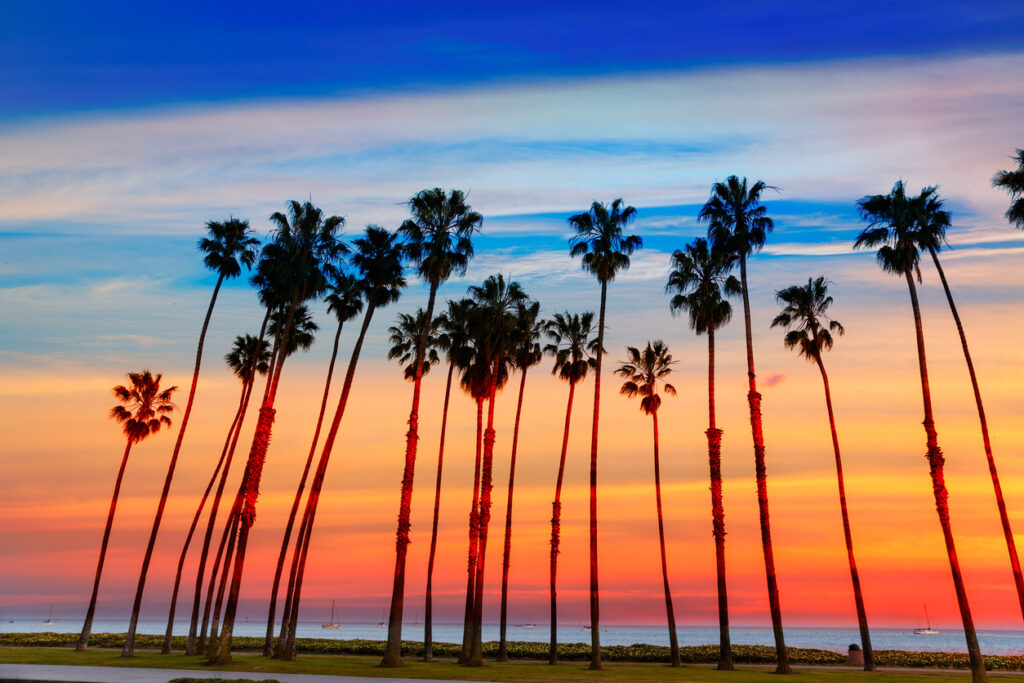
One interesting aspect of Sauvignon Blanc is how it can showcase different flavor profiles depending on where it is grown. In cooler climate regions like Marlborough in New Zealand or Sancerre in France, the wine tends to exhibit more herbal and grassy notes while maintaining its characteristic citrus flavors. On the other hand, warmer climates like Napa Valley or Chile bring out riper fruit flavors alongside hints of melon or peach.
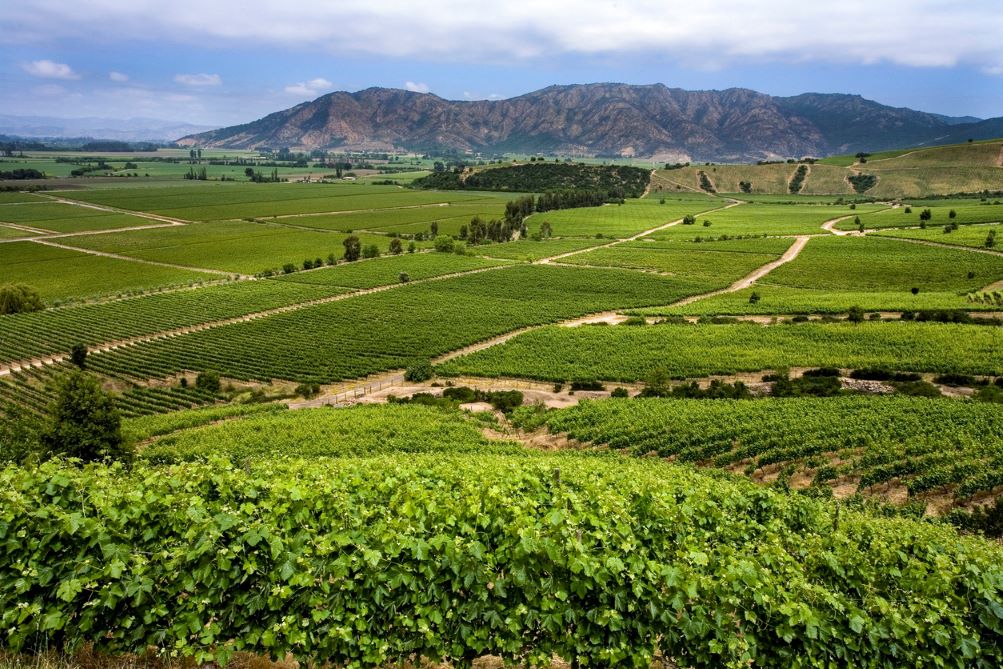
Pairing Sauvignon Blanc with food presents endless possibilities due to its versatility. Its natural acidity makes it an excellent match for dishes that have high acidity levels themselves such as salads with vinaigrette dressings or seafood dishes with lemon-based sauces. Alternatively, try pairing it with goat cheese or creamy pasta dishes to balance out the richness.
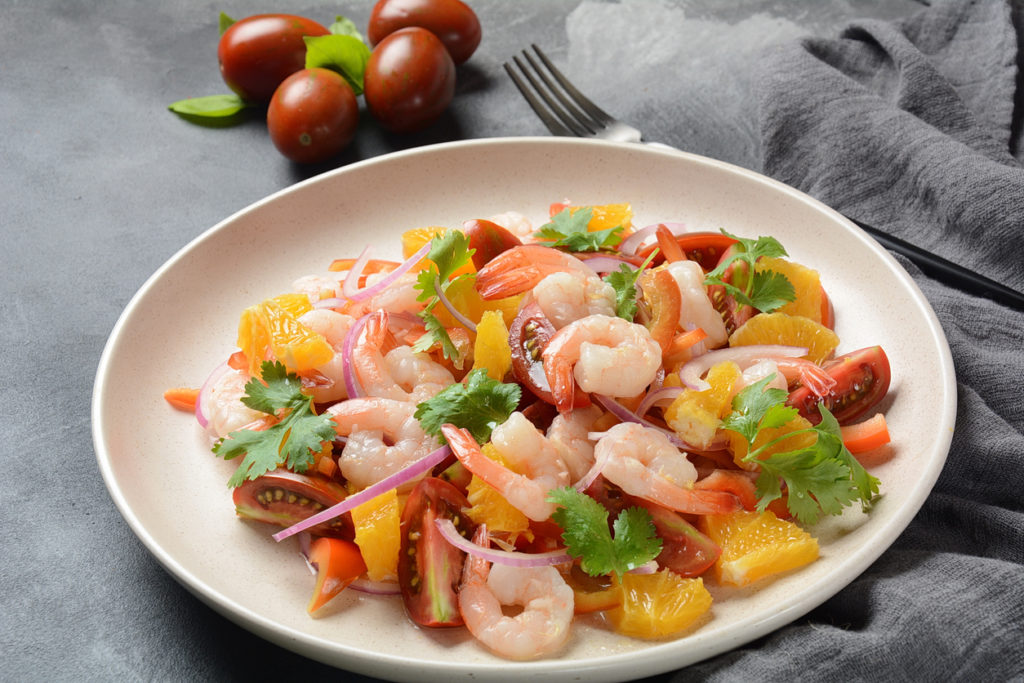
Understanding Chardonnay
Chardonnay, a versatile white wine, has gained much popularity in recent years. Originating from the Burgundy region of France, this grape varietal is now grown in various parts of the world, including California, Australia, and New Zealand. Known for its crisp acidity and generous fruit flavors, Chardonnay offers a unique tasting experience.

One of the most distinctive characteristics of Chardonnay is its ability to reflect the terroir in which it is grown. Different regions produce different styles of Chardonnay, offering a wide range of flavors and aromas. For example, cool climate regions tend to produce wines with higher acidity and flavors reminiscent of green apple and citrus fruits. On the other hand, warmer regions often yield more tropical fruit flavors like pineapple and mango.

The winemaking process also plays a significant role in shaping the final product. Some winemakers use oak barrels during fermentation to impart notes of vanilla and spice into their Chardonnays, adding complexity to the wine’s profile. Others prefer stainless steel tanks or minimal oak contact to preserve the freshness and pure fruit expression.
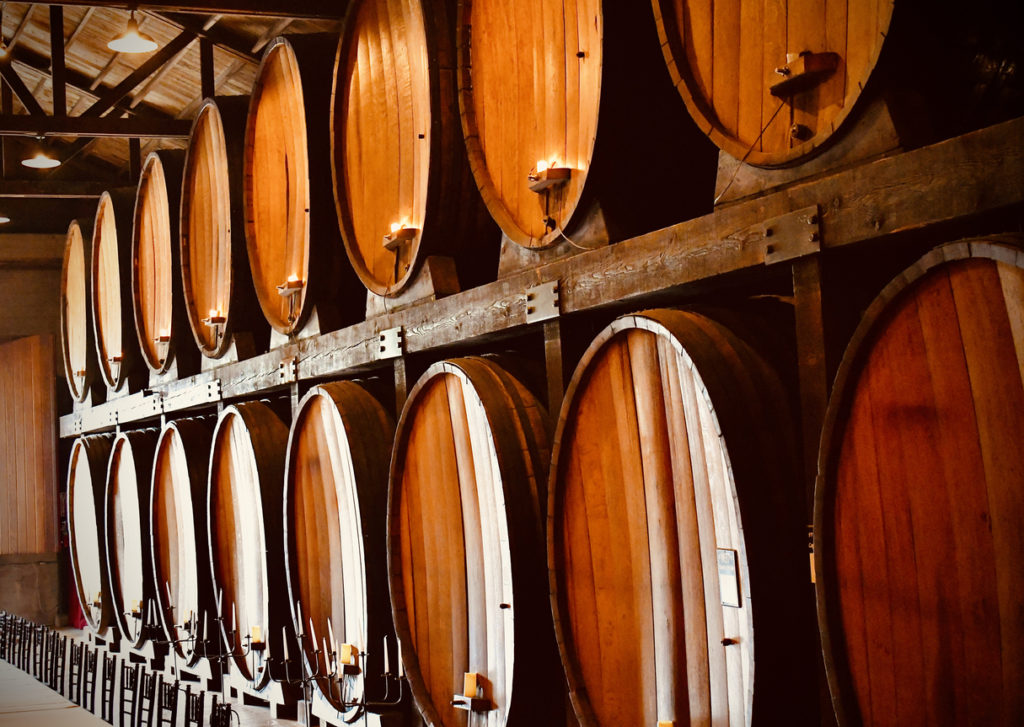
Whether you prefer an elegant Chablis from France or an oaky Californian rendition, exploring the world of Chardonnay can be an exciting journey filled with delightful surprises. Its adaptability allows for endless possibilities while still remaining true to its core characteristics – making it enjoyable for both novice wine enthusiasts and seasoned connoisseurs alike.
Flavor of Sauvignon Blanc vs Chardonnay
The flavor profiles of Sauvignon Blanc and Chardonnay showcase the remarkable diversity within the world of white wines. Sauvignon Blanc is often associated with crisp, refreshing flavors, known for its vibrant acidity and citrusy undertones. Its characteristic grassy and herbaceous notes give a zesty freshness to the palate, making it an excellent choice for warm summer evenings or as an aperitif.
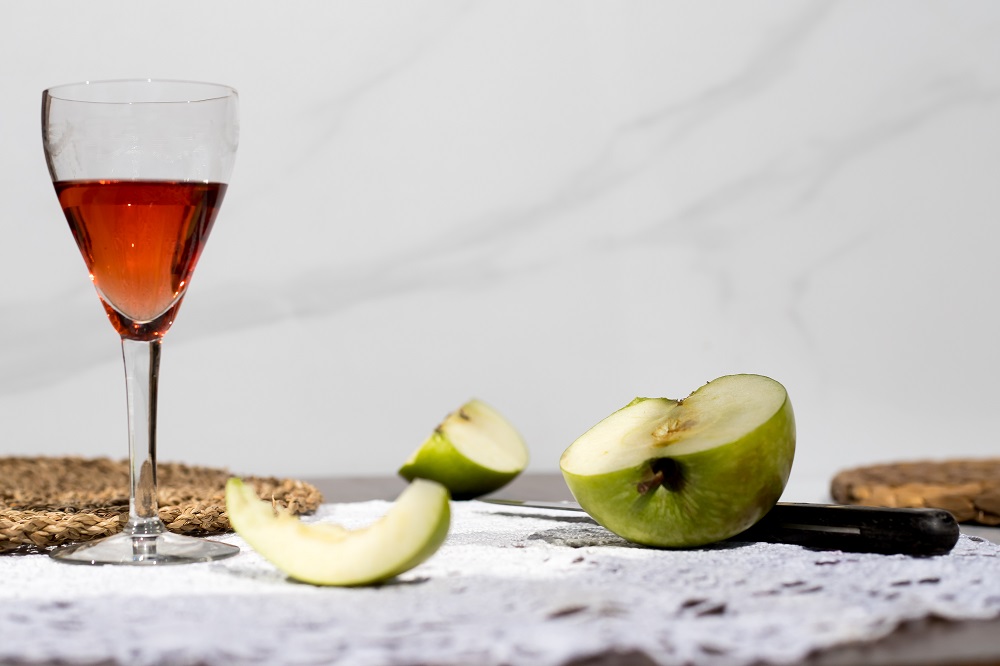
On the other hand, Chardonnay presents a completely different experience on the taste buds. This popular varietal offers complex flavors that can range from buttery and creamy to fruity and tropical. With aging in oak barrels, Chardonnay acquires vanilla and toasted bread nuances that add depth and richness to its profile. It’s no wonder Chardonnay has achieved such fame among wine enthusiasts worldwide.
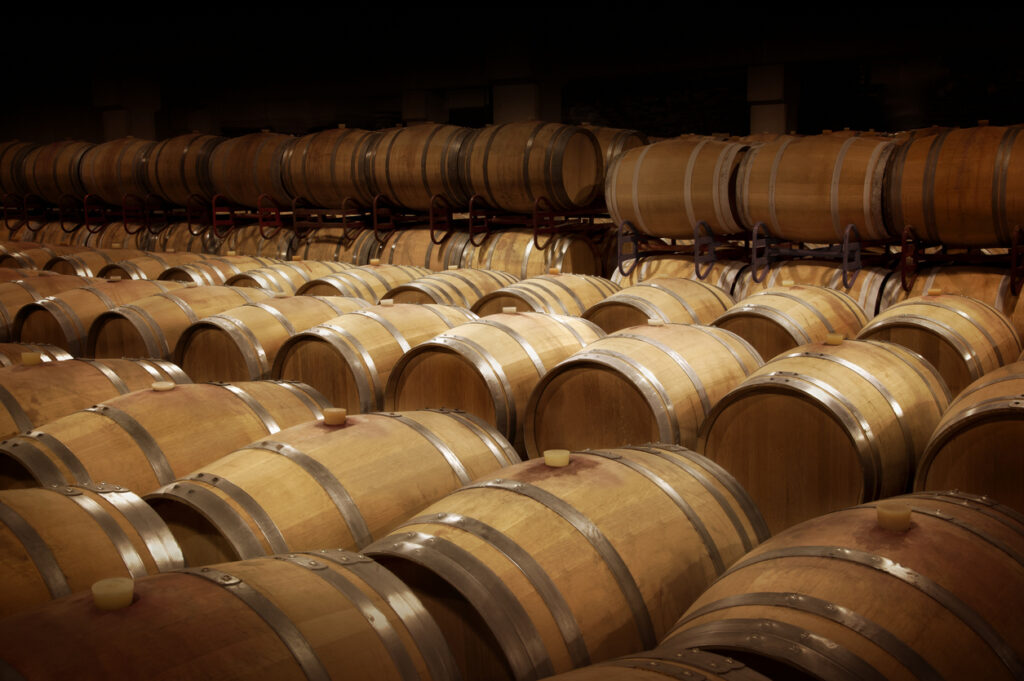
In summary, while both Sauvignon Blanc and Chardonnay fall under the category of white wines, their flavor profiles are distinctively unique. Whether you gravitate towards the bright zing of a Sauvignon Blanc or prefer the lush complexity of a Chardonnay, these two varietals offer something special for every wine lover’s palate.
Sweetness of Sauvignon Blanc vs Chardonnay
For wine enthusiasts, the battle between Sauvignon Blanc and Chardonnay is a never-ending debate. One key aspect that sets these two varietals apart is their sweetness level. While both can be dry or oaky, it’s their innate sweetness that truly distinguishes them. Sauvignon Blanc showcases vibrant acidity with zesty grapefruit and green apple flavors layered on a crisp backdrop. Its refreshing character often makes it the go-to option for those seeking a citrusy, mouth-watering experience.

On the other hand, Chardonnay embraces its regal reputation by presenting itself as a sophisticated choice for wine lovers seeking richness and depth. This varietal offers an array of flavors such as buttered popcorn, vanilla, and tropical fruits like pineapple and mango. With its creamy texture and fuller body, Chardonnay entices palates looking for a luscious encounter with every sip.
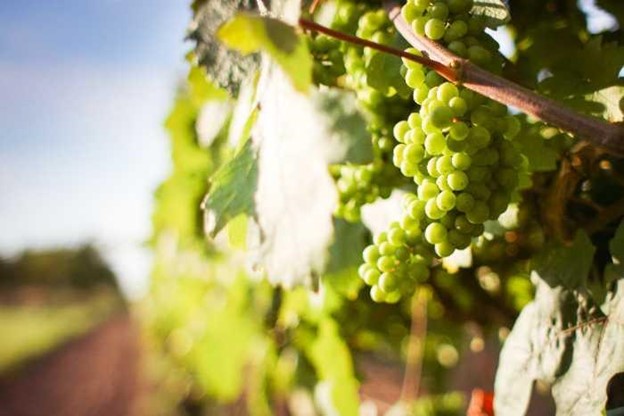
In conclusion, when comparing the sweetness of Sauvignon Blanc versus Chardonnay, it becomes evident that they cater to different preferences. Sauvignon Blanc leans towards crisp freshness with its citrus-driven acidity while remaining light-bodied in nature. Meanwhile, Chardonnay captivates tasters with its luxurious profile characterized by creamy textures and complex flavor profiles. Each varietal holds a unique charm capable of satisfying even the most discerning wine connoisseur’s desire for sweetness in every glass.
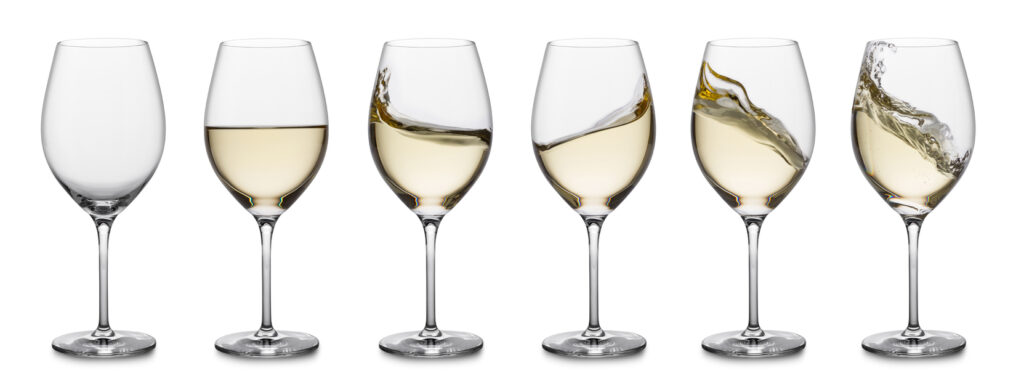
Food pairing of Sauvignon Blanc vs Chardonnay
When it comes to food pairing, both Sauvignon Blanc and Chardonnay have their unique qualities that make them versatile options. Sauvignon Blanc with its crisp acidity and vibrant flavors pairs well with lighter fare like salads, seafood, and goat cheese. The refreshing notes of citrus and herbal undertones in Sauvignon Blanc can help cut through the richness of fatty fish or bring out the briny flavors of oysters.
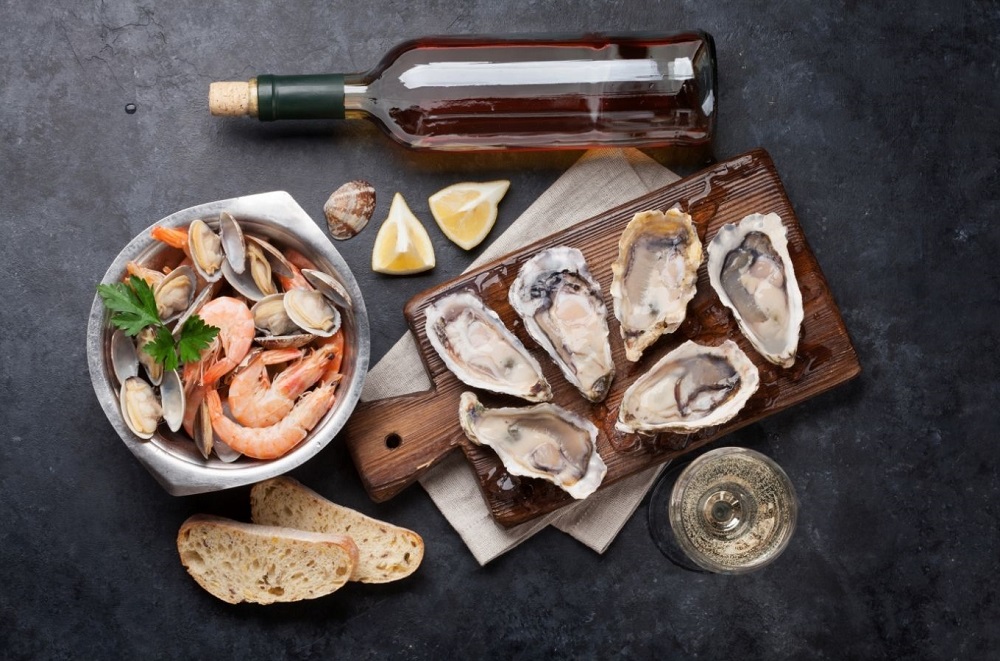
On the other hand, Chardonnay’s fuller body and creamy texture lend itself well to richer dishes such as roasted chicken, lobster bisque, or creamy pasta dishes. The buttery notes in Chardonnay can complement the richness of these foods while the wine’s acidity helps balance out any heaviness. Additionally, oak-aged Chardonnays can bring a hint of vanilla or caramel which adds an extra layer of complexity to dishes with similar flavor profiles like grilled prawns or lobster tail.
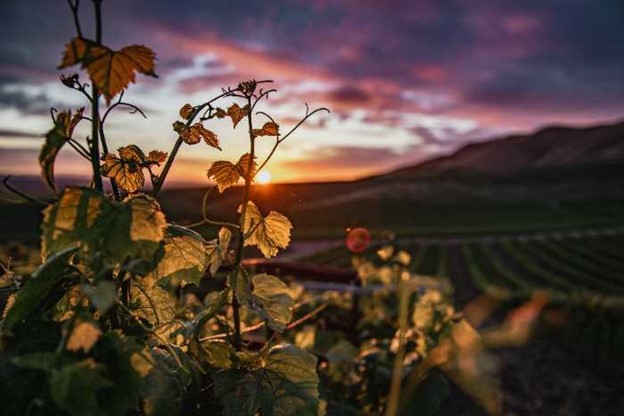
Ultimately, when it comes to food pairing between Sauvignon Blanc and Chardonnay, personal preferences play a significant role. While Sauvignon Blanc excels at cutting through lighter dishes with its crispness, Chardonnays are better suited for heavier meals due to their fuller body and creamier texture. So whether you’re enjoying a light lunch on a sunny afternoon or indulging in a decadent dinner by candlelight, there’s sure to be a perfect pairing waiting for you between these two classic wines.
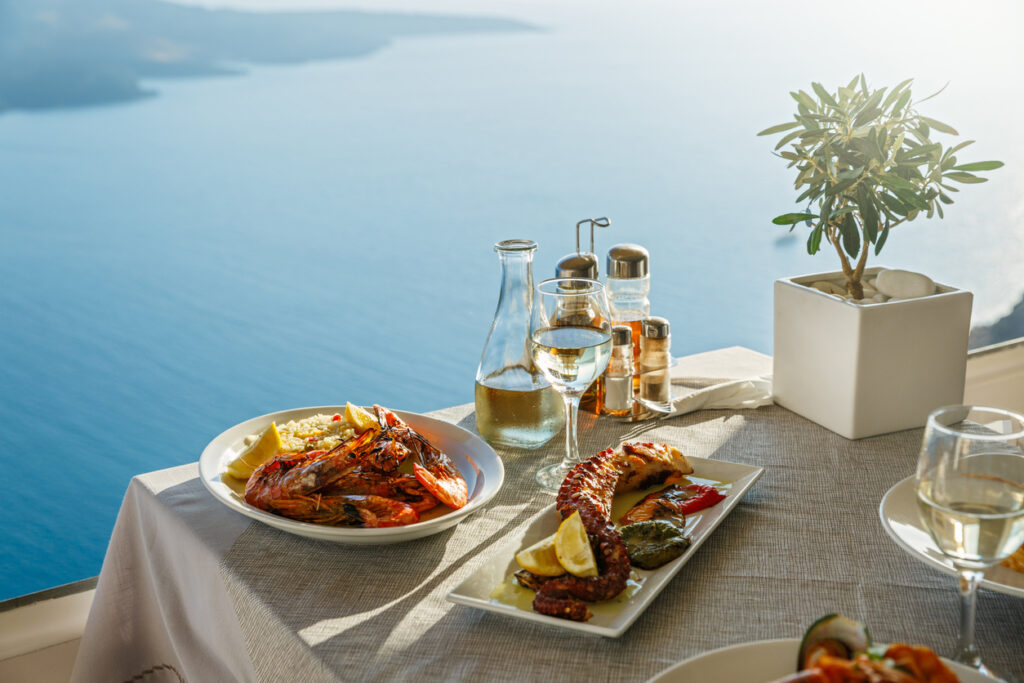
How to serve Sauvignon Blanc vs Chardonnay
When it comes to serving Sauvignon Blanc and Chardonnay, the glassware plays a crucial role in enhancing the overall drinking experience. For Sauvignon Blanc, opt for a tall and narrow glass with an opening that allows the aromas to concentrate at the top. This shape helps to preserve the wine’s vibrant fruity notes and highlight its refreshing acidity. On the other hand, Chardonnay is best served in a wider bowl-shaped glass that allows more oxidation, enhancing its complex flavors and creamy texture.
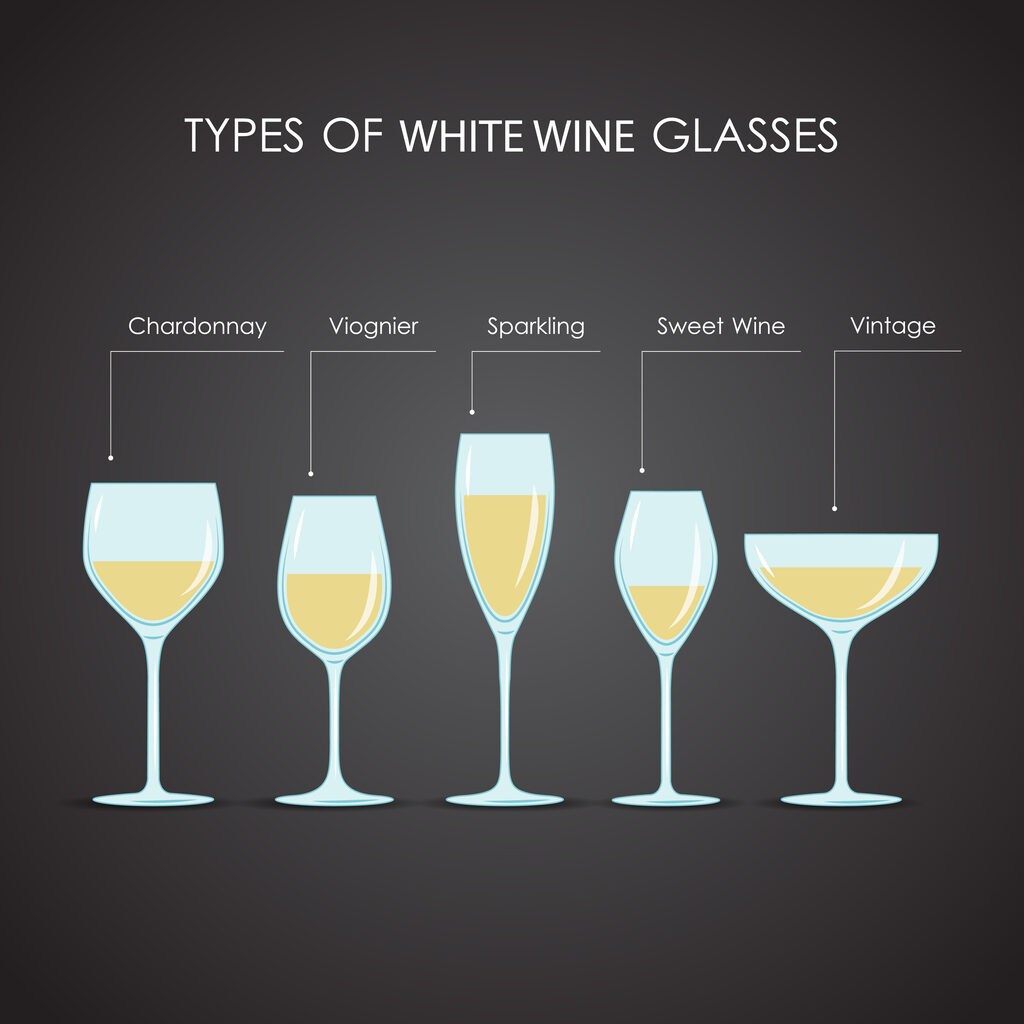
Temperature also plays a significant role in enjoying these two varietals. To fully appreciate the crispness of Sauvignon Blanc, serve it chilled at around 45-50°F (7-10°C). However, be careful not to over-chill it as extremely low temperatures may mask some of its delicate nuances. In contrast, Chardonnay benefits from being slightly warmer than Sauvignon Blanc. Serving it at around 50-55°F (10-13°C) brings out its rich flavors while still retaining a refreshing quality.

By paying attention to glassware selection and temperature control, you can elevate your enjoyment of both Sauvignon Blanc and Chardonnay. Experiment with different glasses and temperatures to find your preferred style of sipping these two popular white wines—each one offering its unique array of aromas and tastes perfectly suited for various occasions or culinary pairings. Cheers!
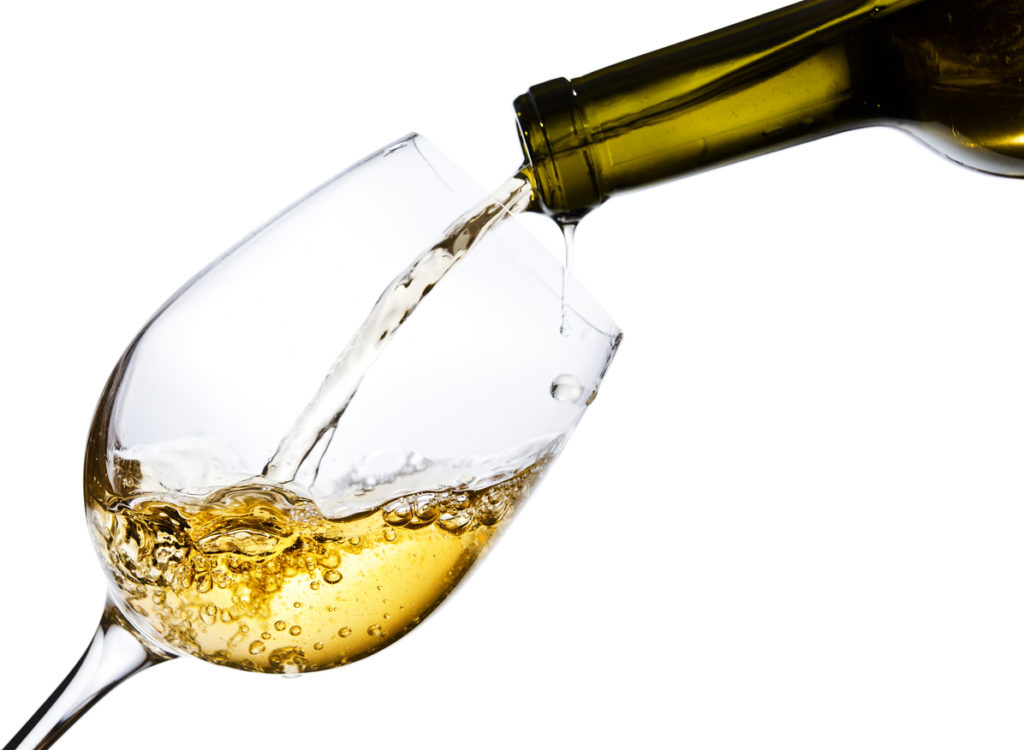
Conclusion
In conclusion, the debate between Sauvignon Blanc and Chardonnay is a matter of personal preference. Both wines offer unique characteristics that can cater to different palates and occasions. Sauvignon Blanc’s vibrant acidity and refreshing citrus flavors make it a great choice for hot summer days or pairing with lighter dishes. On the other hand, Chardonnay’s richness and buttery texture lend themselves well to more indulgent meals or sipping on their own. Ultimately, the best way to determine which wine is right for you is to explore and experiment with different bottles from various regions. So next time you’re at the wine shop, pick up a bottle of each and embark on your own taste adventure!

